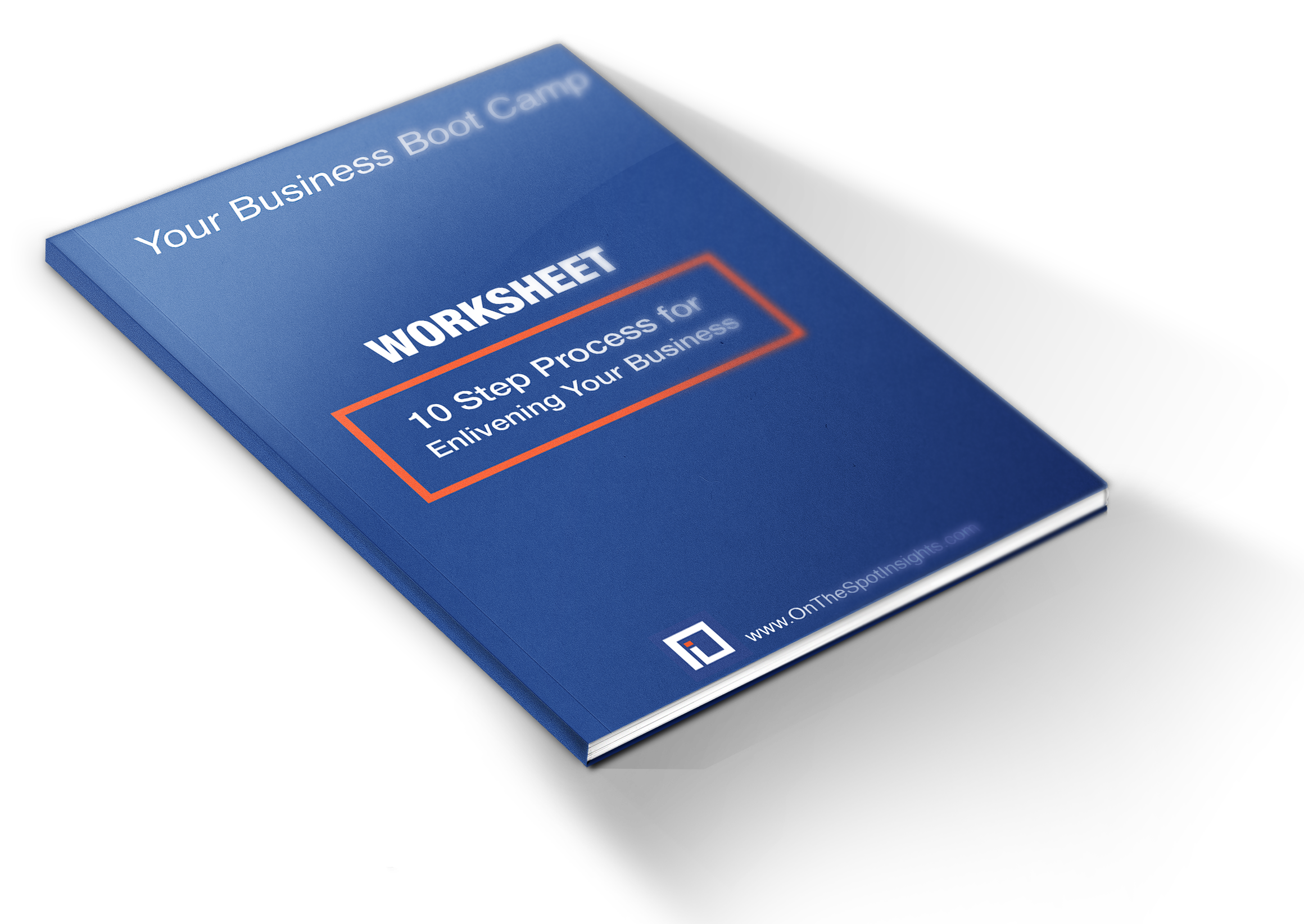10 Tips For Your End Of Year Meeting
This article first appeared as a guest post by this author on the Balance Point website.
How do you feel about your results this year? You’re going to find out more when you close your books, and certainly when you prepare your tax return. But don’t you want to think about it now so you can get a jump start on next year?
It’s time to schedule a meeting with your team — a half day is about right. Get it on the calendar and send out the invitations along with an outline of what you’ll be discussing, so everyone can start thinking and preparing for how to make it productive.
Start with the outline of topics I’ve listed below. You can change it — adding other things you want to cover and deleting others you’d rather defer for another time. You can do it all at one time or you can break it up into two or three separate segments.
- Company Overview — What’s the central idea of our business? What value do we provide to customers? What customer needs do we satisfy? Do those needs still exist?
- Products and Services — What products and services are we selling. What else should we begin offering? What should we discontinue? Why or why not?
- Customer relationships — Describe existing customers and what they would say to others about what it’s like doing business with us? How can we do more with them? How can we get more customers like them? How could we find them? What is getting in the way? What is one small thing we can do — a small change — that would yield big results?
- Differentiation — What talents and resources do we have that our competitors don’t?Don’t make the mistake of assuming that a distinction is automatically a difference. Do these differentiators actually make a difference when it comes to getting and keeping clients? Where do our competitors have us beat? What can we do about it?
- Marketing Plan and Analysis — What is our target market? Industry and customer trends. Who’s buying what and why? Opportunities. How are we getting our message out? Do we need to do more? What’s our web presence doing for us?
- Constraints — Regulatory, competitive, economic. Is there a way to use audits and inquiries of oversight bodies as a way to take a fresh look at what we do and why, and help us do things better?
- Key relationships — Who are our investors, joint venture partners, suppliers, vendors, landlord? Are they people we like to do business with? Are these relationships moving us in the direction we want to go? Are our written contracts with them up-to-date and consistent with the expectations of how we work together? What are our key deliverables and milestones? Who are our key staff members?
- The Friendly Outsider — Do we have some “outside Board members” — people with general business knowledge and experience who can ask us the right questions about what we’re doing and why? Do these people have a real interest in helping us succeed?
- Financial results — Planning vs. Accounting. P & L, Balance Sheet, Cash Flow. Too often we look at these documents when our accountant prepares them for us in April — four whole months after it’s too late to do anything about the numbers they show! It’s already history! Look at last year’s right now. Take a look at the Schedule C filed with our most recent tax return. Look at the line items: Which ones would we like to see increase? What should be reduced?
- A Few Challenging Questions For Discussion: Did we do what we said we were going to do this year? Why or why not? What are we saying yes/no to right now, and why? What are we going to do differently next year? What will we see and hear that will tell us our results are improving and we are moving in the direction we want to go?
Don’t picture this as a long and boring meeting that gets bogged down in details. Think quick and lively, driving toward some real go-forward action items. Someone should take notes. No, not just a recitation of who said what. Really capture the insights that emerged from the discussion and their implications for doing thing differently next year.
Use a table like the one below — something that’s action-oriented. Ask for comments from others. Then finalize it. Publish it. Post it somewhere. Make sure everyone sees it. Keep track of what gets done. Refer to it often.
There’s no better way to face January 1 than with some clear action steps for the coming year that are the result of the collaborative efforts of everyone on your team!
| Observation | Action | Person Responsible | Due Date | Completed |

Free 10 Step Business Boot Camp
This worksheet will take you through your business planning in 30 minutes and tell you where you can improve your business and achieve the results you want.
